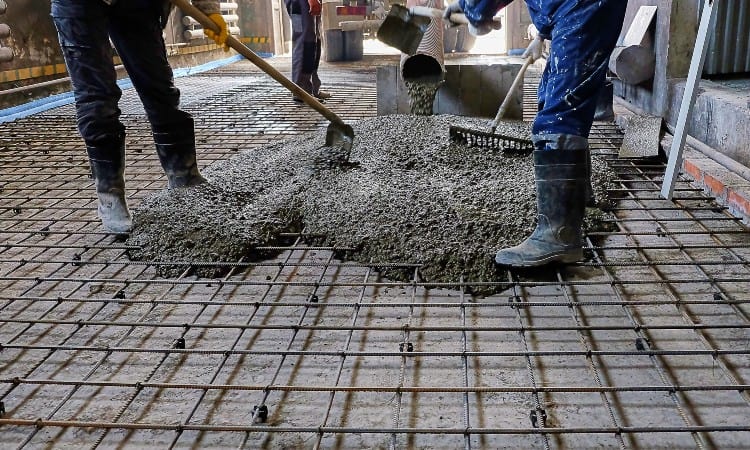Extending a concrete slab is an expensive home improvement project, but an investment that will reap long-term returns.
Before expanding a concrete slabs Melbourne, drive stakes to mark its corners and install a form slope. Furthermore, “screeding” of the surface must also occur to ensure optimal results.
Excavation
No matter if it’s for parking or space expansion in your backyard patio, adding an extension to an existing concrete slab can be an efficient and cost-effective renovation solution. But before beginning construction on it, preparing the area first – such as building frames with rebars in which to pour and cleaning and prepping existing surfaces as part of its preparation – will be essential.
Utilizing a shovel, dig into your site according to its markings to an approximate depth of nine inches or deeper in order to ensure that the new concrete can support any load you intend to put upon it.
Once excavation is complete, add a layer of stone sub base material to your slab extension area and compact it using either a hand tamp or mechanical compaction device. This will reduce how much settling occurs beneath your concrete slab.
Forms
An extension to your concrete slab can create more floor space for living areas or storage within your home, adding valuable extra square footage for living purposes or storage needs. However, such renovation requires significant changes to walls, columns, roofs, windows, utilities etc. It is advised to hire an experienced contractor for such a task.
Before pouring concrete, always check that the forms are level using a spirit level and that drainage is working effectively. Also be sure to hammer 100 cm spaced timber pegs onto the outside of your formwork in order to secure its placement while pouring your concrete.
Before adding concrete, use a tape measure and yellow striping spray paint to mark out its dimensions. Use a carpenters square to check that forms are square and that distance between two opposite corners is equal. Once poured, use a screed tool or scrap piece of lumber to scrape away excess concrete for an even finish and an aesthetically pleasing surface finish.
Pouring
A concrete slab is an integral component of any structure, providing support to other elements like walls, beams, columns and foundation. Additionally, it serves various functional needs, such as serving as the basis of decks, driveways or parking lots.
If you want to extend a concrete slab, make sure that the location suits your needs and contact 811 before digging. Grading soil so it slopes away from the new site for at least 10 feet on each side would also be recommended.
Once your forms are set up, the concrete pouring process can start. Utilize a wheelbarrow for transporting it and spread it across your forms with either a shovel or rake.
After your concrete has set, drag a piece of lumber along its surface to remove any excess and smooth the surface. Some homeowners also “stab” or vibrate their concrete with a shovel to help settle and compact it further.
Curing
Concrete takes 28 days to reach full strength, so proper curing is vital in reaching this milestone. Wetting down the surface and preventing moisture loss through evaporation are effective means of curing concrete effectively; spraying with mist may also be employed as part of this method.
Renovation projects of this nature are among the most complex and costly building endeavors; involving both extension of concrete slab and installation of new walls, beams, roofs, windows and utilities. Extending concrete slab can be time consuming; it is vital that it integrates seamlessly with the existing structure to avoid problems in its performance.
To extend a concrete slab, it’s first necessary to prepare the site and excavate. After excavation, backfill the exposed soil with stone. Next, install concrete forms and rebar. When pouring concrete, be sure to screed or “screed” to level and smooth its surface after pouring, before curing for at least 28 days prior to adding other structural components.

